The influence of money in road racing began to have a notable effect in the early 60’s. Racing was becoming a booming business and drivers and teams could actually make a reasonable living driving in series throughout the world. This began to percolate down to the constructors and teams. Some races were lucrative enough – paying travel, starting, lap and prize money – to make it profitable not only to travel long distances to participate but also to build specialized vehicles specifically for regional race series. What had long been accepted practice at singularly important and very lucrative races like the Indianapolis 500 began to be prevalent in Australia and New Zealand and particularly in the United States. For the 1964 Tasman series Bruce McLaren asked his team at Cooper Cars to build and prepare two special cars specifically to compete in the rich series of races that were home to him. Cooper felt it was too much work, so Bruce and the Mayer brothers, Timmy the driver and Teddy the manager, set up Bruce McLaren Motor Racing Ltd to built the cars and race them. Bruce McLaren drove the cars created in his shop to his first victory in the New Zealand Grand Prix and the series championship. The next step was acquisition of Roger Penske’s Zerex Special, an F1 Cooper modified to the letter, if not the spirit, of the FIA Appendix C sports car regulations. Raced first with a 2.7 liter Climax four, a 215 cubic inch Traco-modified Oldsmobile aluminum block V8 was inserted in the middle of the English sports car season. The lure was an increasingly rich series of races in North America which were attracting the best drivers and cars from throughout the world. The newly modified car, called the Cooper-Oldsmobile to keep the Coopers, still Bruce’s employers in F1 happy, made its debut at Mosport in Canada in the Players 200 in June. It won both heats and continued to be successful back in the UK. Meanwhile, the first McLaren was under construction in the team’s new shops in Feltham. The Mk 1 was finished in time for the late season North American races. Still powered by a Traco Olds, now opened up to displace 4.5 liters. Running against the best European and North American drivers and teams McLaren encountered a throttle linkage problem but rallied to finish third overall and established the lap record. The West Coast rounds at Riverside and Laguna Seca were spoiled by cooling hose issues. The season had however clearly demonstrated that the McLaren M1 was fast and capable. Even giving away a liter or more in displacement it was instantly competitive with the likes of Jim Hall’s Chaparral team. Teddy Mayer’s carefully honed commercial sense alerted him to the possibility of customer car sales but also warned him that manufacturing in any reasonable quantity would over tax the Feltham McLaren shop. They struck a deal with Frank Nichols who had joined Peter Agg’s Trojan Group to re-establish Elva cars. Elva would build customer cars for McLaren which were designated McLaren-Elvas to trade on the recognition of both brands. The Elva-built McLarens, called Mk 1A to distinguish them from the original McLaren prototype, were campaigned by some of the most famous and successful drivers and teams with a variety of powerplants. Their characteristics reflect the McLaren team’s emphasis on simple, straightforward design and rugged construction, traits which had been inculcated into them from years with Cooper. The frame was based on three main tubes incorporating a multi-tubular space frame structure and stressed sheet floor and bulkhead panels. The suspension was independent all around with very widely spaced pickups for the front upper wishbones, the rear element running almost to the cowl. The rear had reversed lower wishbones, single upper links and parallel radius rods. Springing was by coil springs and tubular shocks. The body was designed by Tony Hilder with a pointed nose split into two nostrils to take in air for the radiator which ex
The influence of money in road racing began to have a notable effect in the early 60’s. Racing was becoming a booming business and drivers and teams could actually make a reasonable living driving in series throughout the world. This began to percolate down to the constructors and teams. Some races were lucrative enough – paying travel, starting, lap and prize money – to make it profitable not only to travel long distances to participate but also to build specialized vehicles specifically for regional race series. What had long been accepted practice at singularly important and very lucrative races like the Indianapolis 500 began to be prevalent in Australia and New Zealand and particularly in the United States. For the 1964 Tasman series Bruce McLaren asked his team at Cooper Cars to build and prepare two special cars specifically to compete in the rich series of races that were home to him. Cooper felt it was too much work, so Bruce and the Mayer brothers, Timmy the driver and Teddy the manager, set up Bruce McLaren Motor Racing Ltd to built the cars and race them. Bruce McLaren drove the cars created in his shop to his first victory in the New Zealand Grand Prix and the series championship. The next step was acquisition of Roger Penske’s Zerex Special, an F1 Cooper modified to the letter, if not the spirit, of the FIA Appendix C sports car regulations. Raced first with a 2.7 liter Climax four, a 215 cubic inch Traco-modified Oldsmobile aluminum block V8 was inserted in the middle of the English sports car season. The lure was an increasingly rich series of races in North America which were attracting the best drivers and cars from throughout the world. The newly modified car, called the Cooper-Oldsmobile to keep the Coopers, still Bruce’s employers in F1 happy, made its debut at Mosport in Canada in the Players 200 in June. It won both heats and continued to be successful back in the UK. Meanwhile, the first McLaren was under construction in the team’s new shops in Feltham. The Mk 1 was finished in time for the late season North American races. Still powered by a Traco Olds, now opened up to displace 4.5 liters. Running against the best European and North American drivers and teams McLaren encountered a throttle linkage problem but rallied to finish third overall and established the lap record. The West Coast rounds at Riverside and Laguna Seca were spoiled by cooling hose issues. The season had however clearly demonstrated that the McLaren M1 was fast and capable. Even giving away a liter or more in displacement it was instantly competitive with the likes of Jim Hall’s Chaparral team. Teddy Mayer’s carefully honed commercial sense alerted him to the possibility of customer car sales but also warned him that manufacturing in any reasonable quantity would over tax the Feltham McLaren shop. They struck a deal with Frank Nichols who had joined Peter Agg’s Trojan Group to re-establish Elva cars. Elva would build customer cars for McLaren which were designated McLaren-Elvas to trade on the recognition of both brands. The Elva-built McLarens, called Mk 1A to distinguish them from the original McLaren prototype, were campaigned by some of the most famous and successful drivers and teams with a variety of powerplants. Their characteristics reflect the McLaren team’s emphasis on simple, straightforward design and rugged construction, traits which had been inculcated into them from years with Cooper. The frame was based on three main tubes incorporating a multi-tubular space frame structure and stressed sheet floor and bulkhead panels. The suspension was independent all around with very widely spaced pickups for the front upper wishbones, the rear element running almost to the cowl. The rear had reversed lower wishbones, single upper links and parallel radius rods. Springing was by coil springs and tubular shocks. The body was designed by Tony Hilder with a pointed nose split into two nostrils to take in air for the radiator which ex
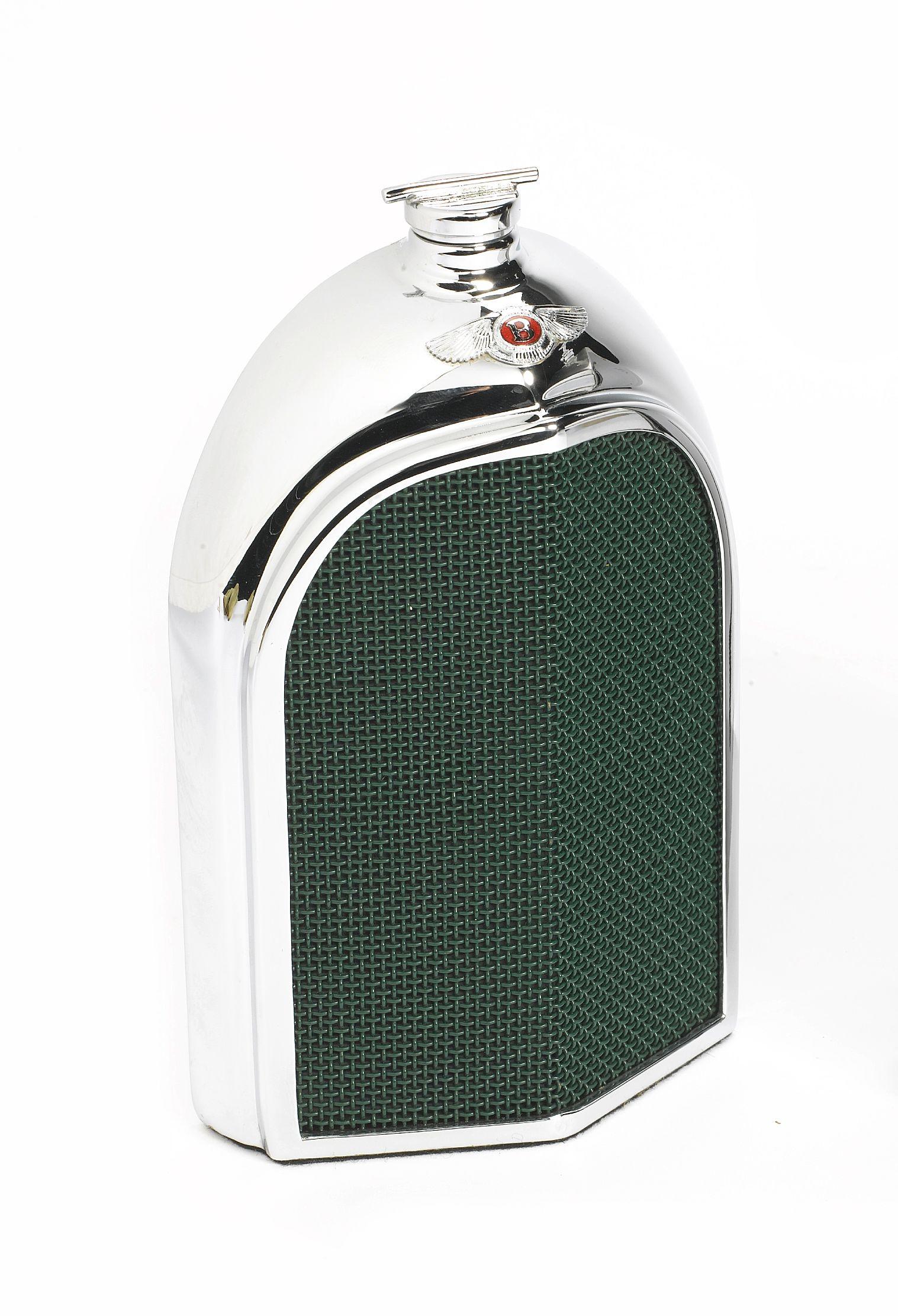
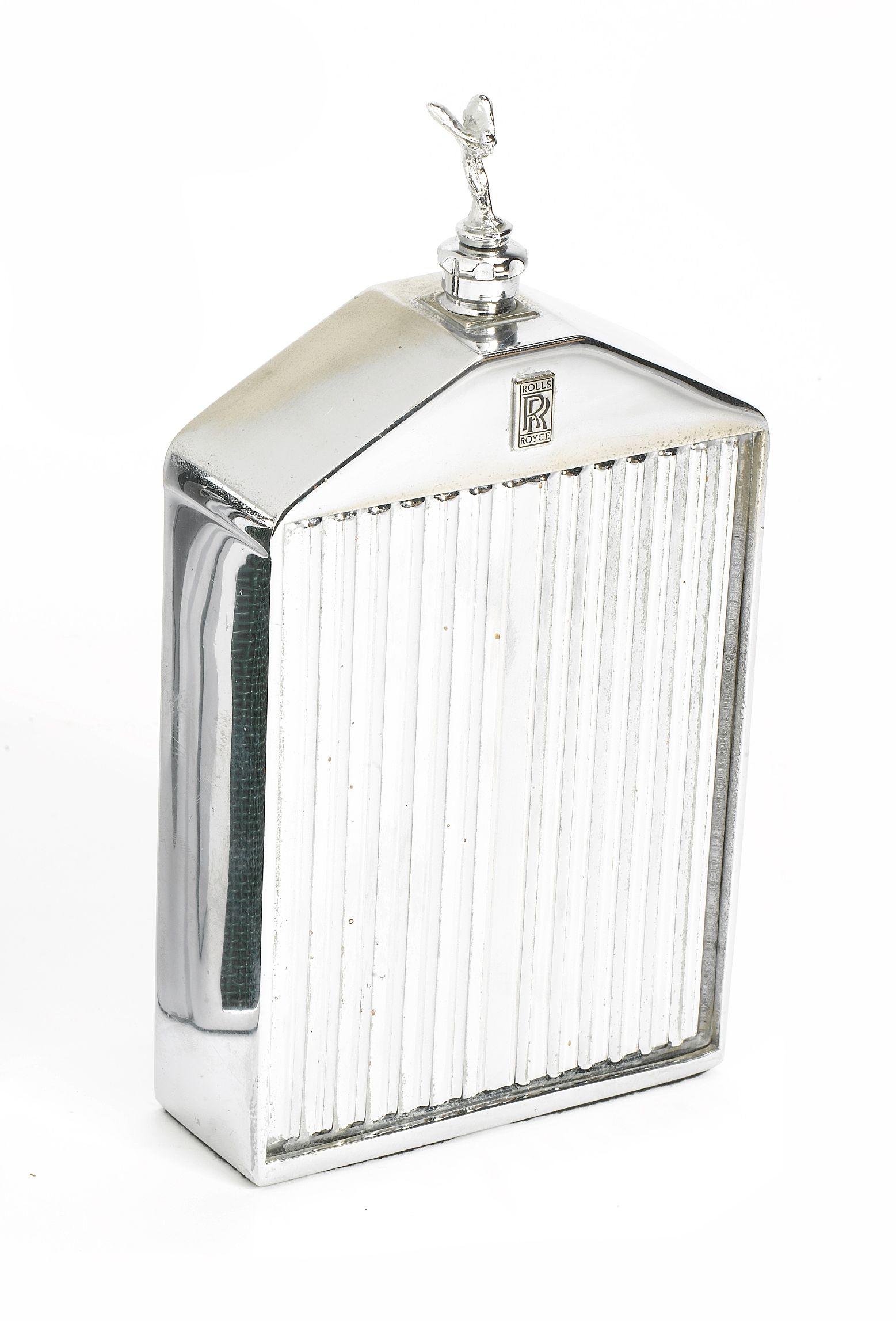
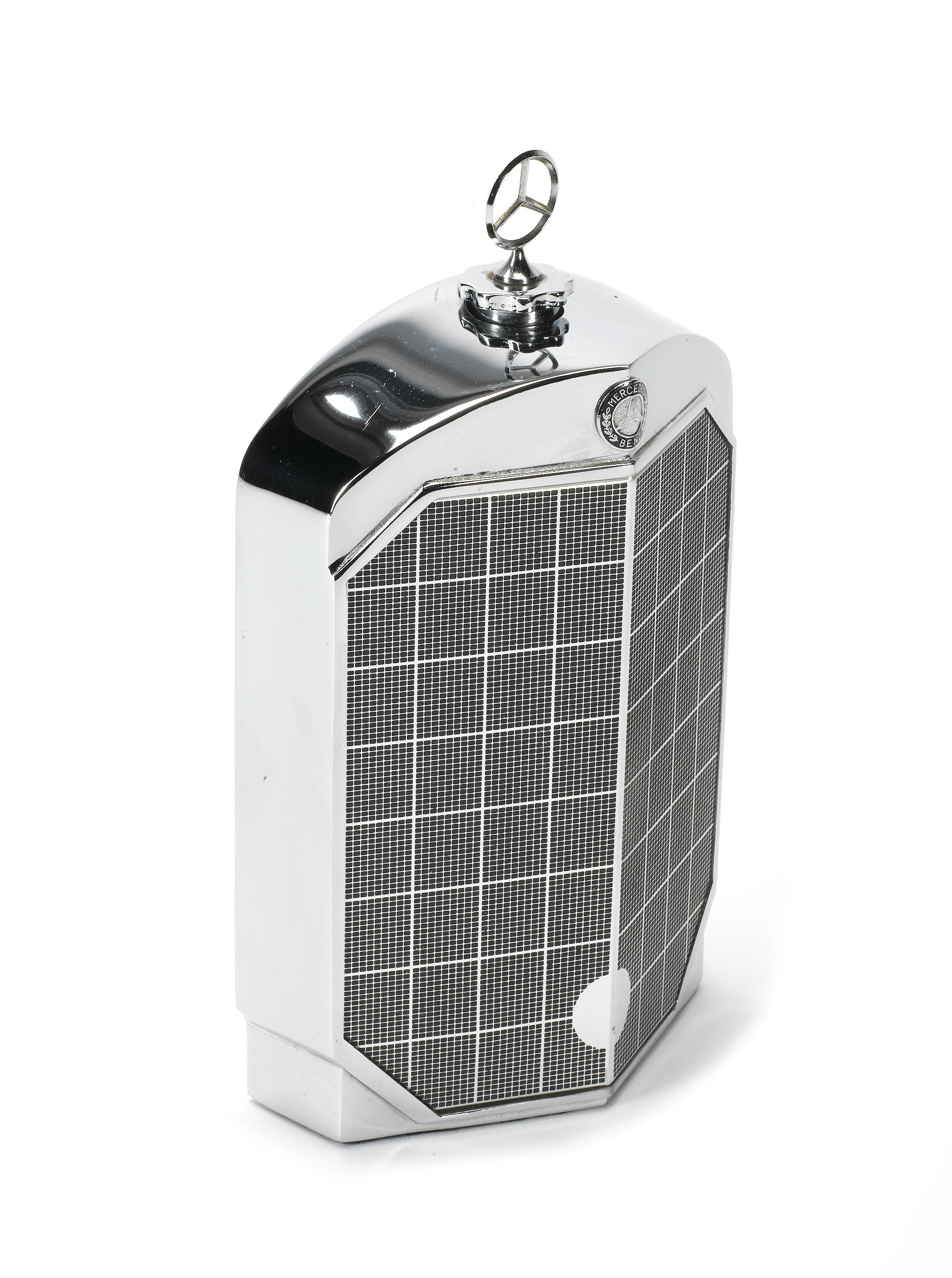
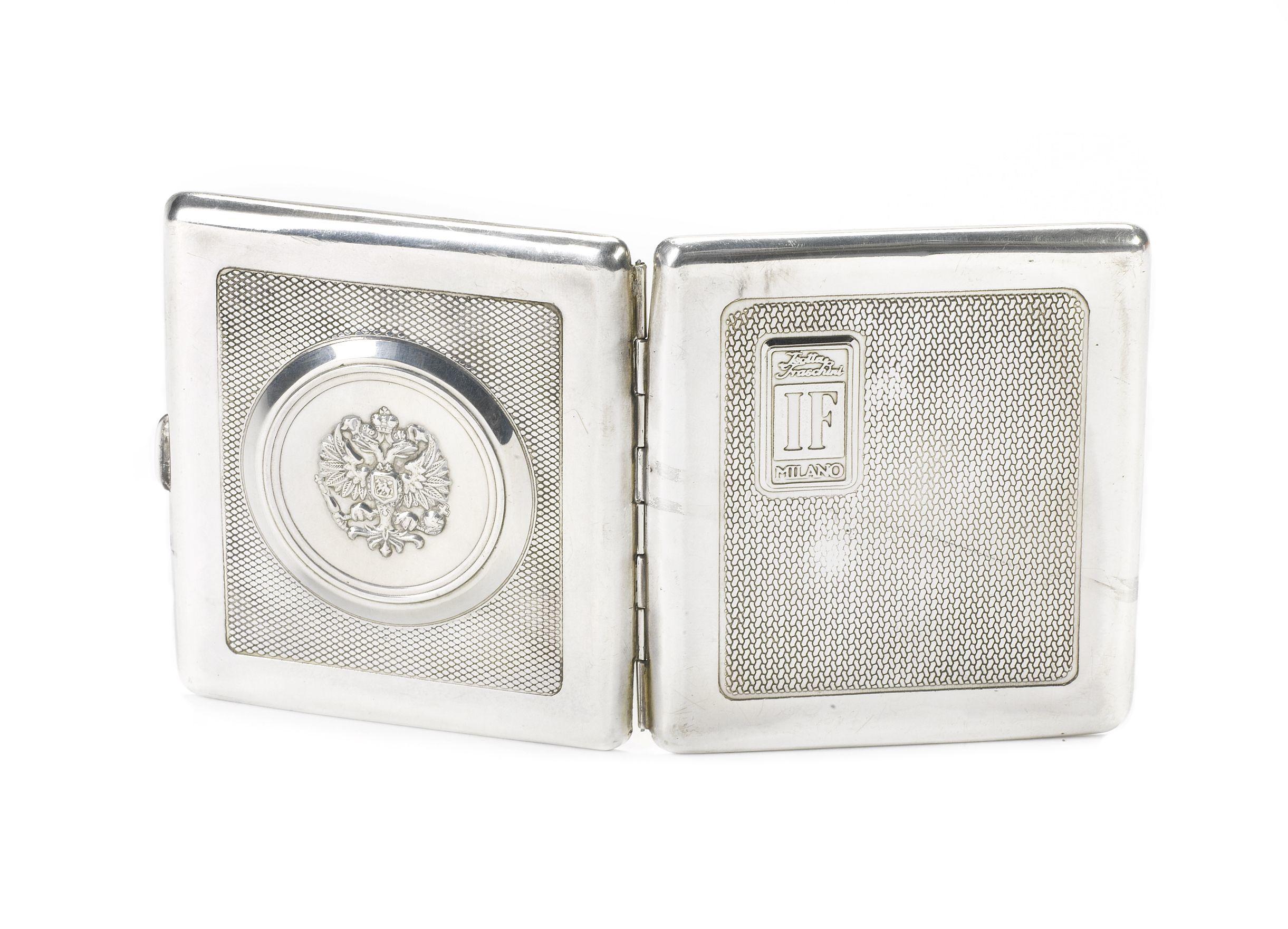
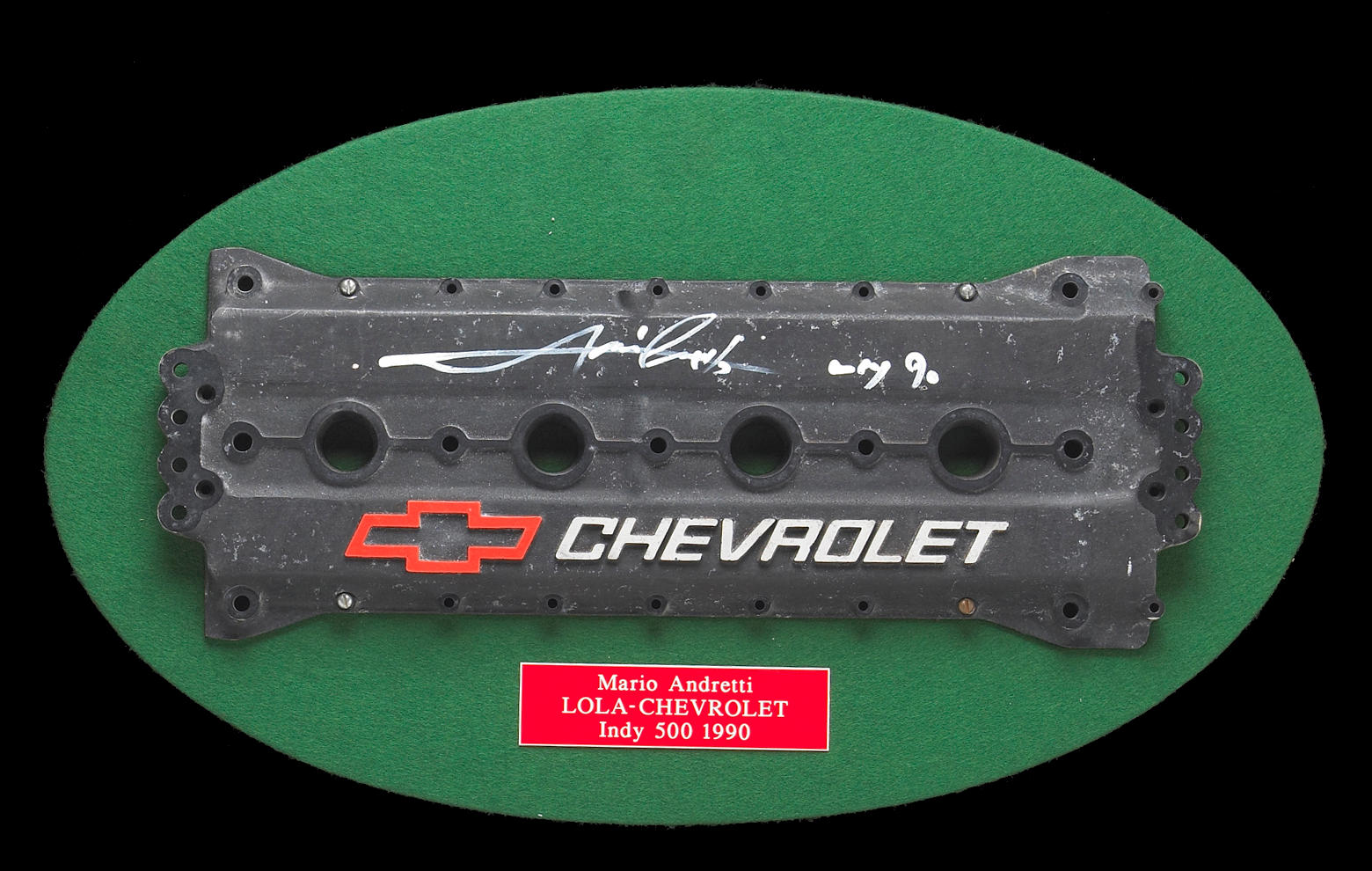
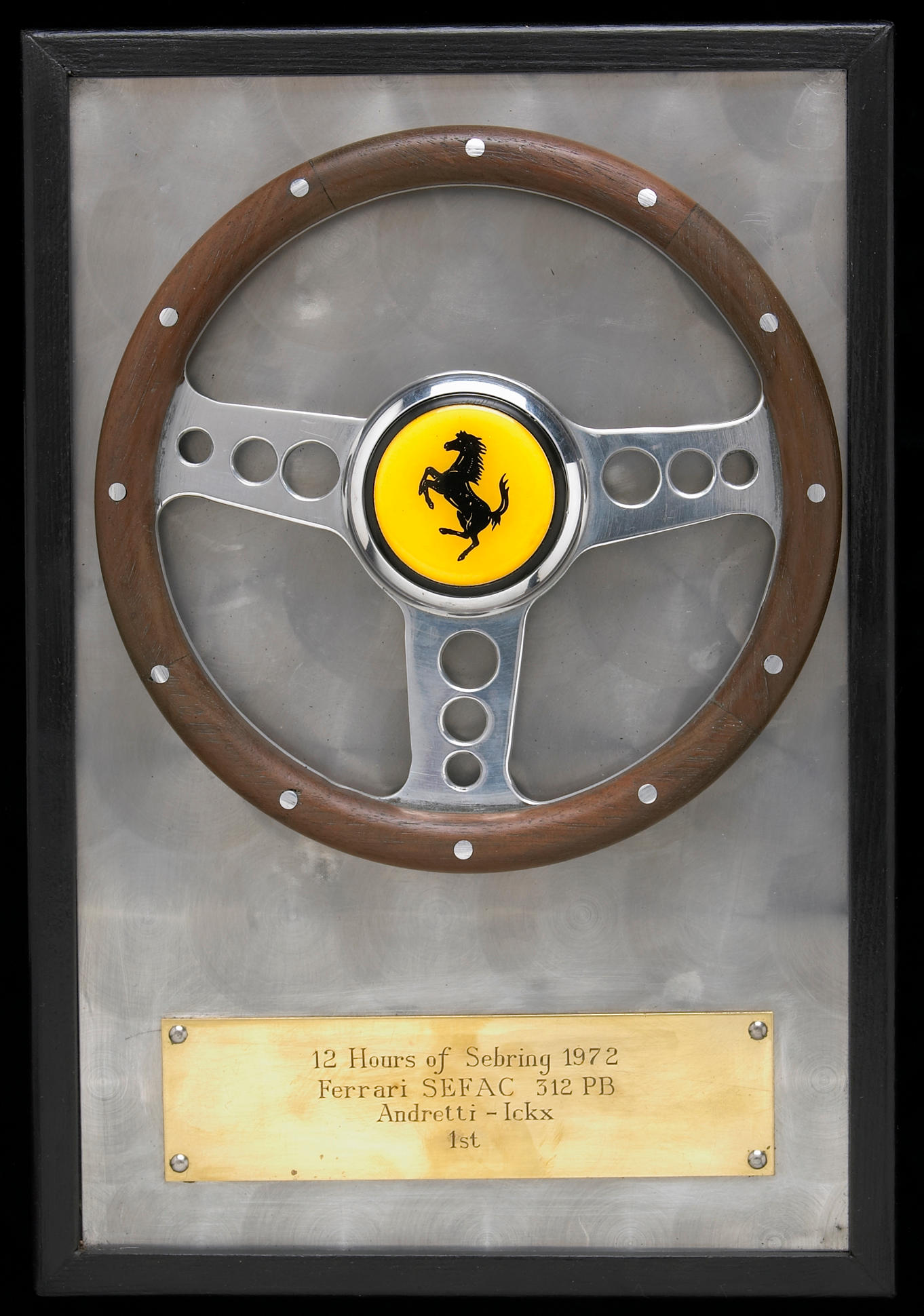
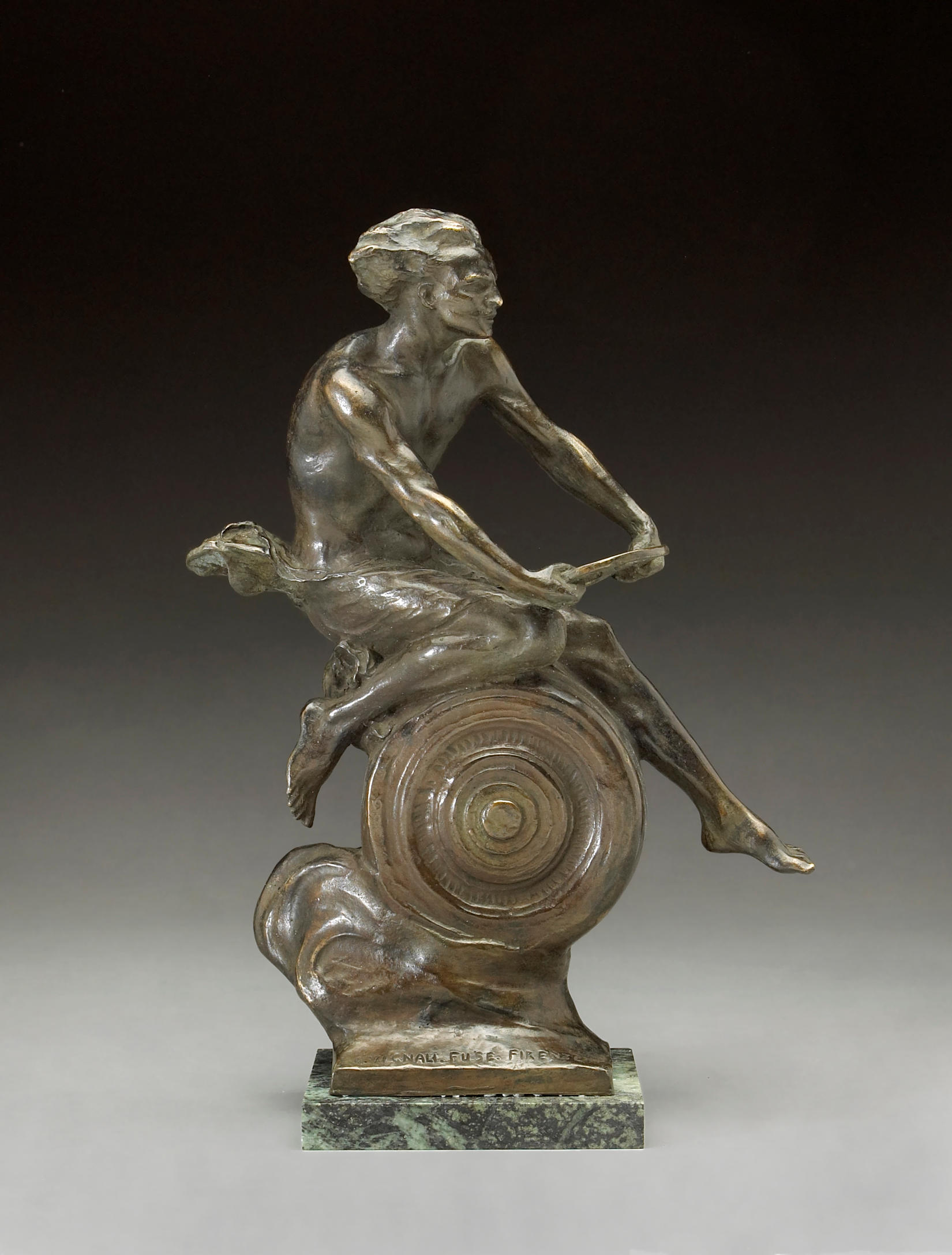
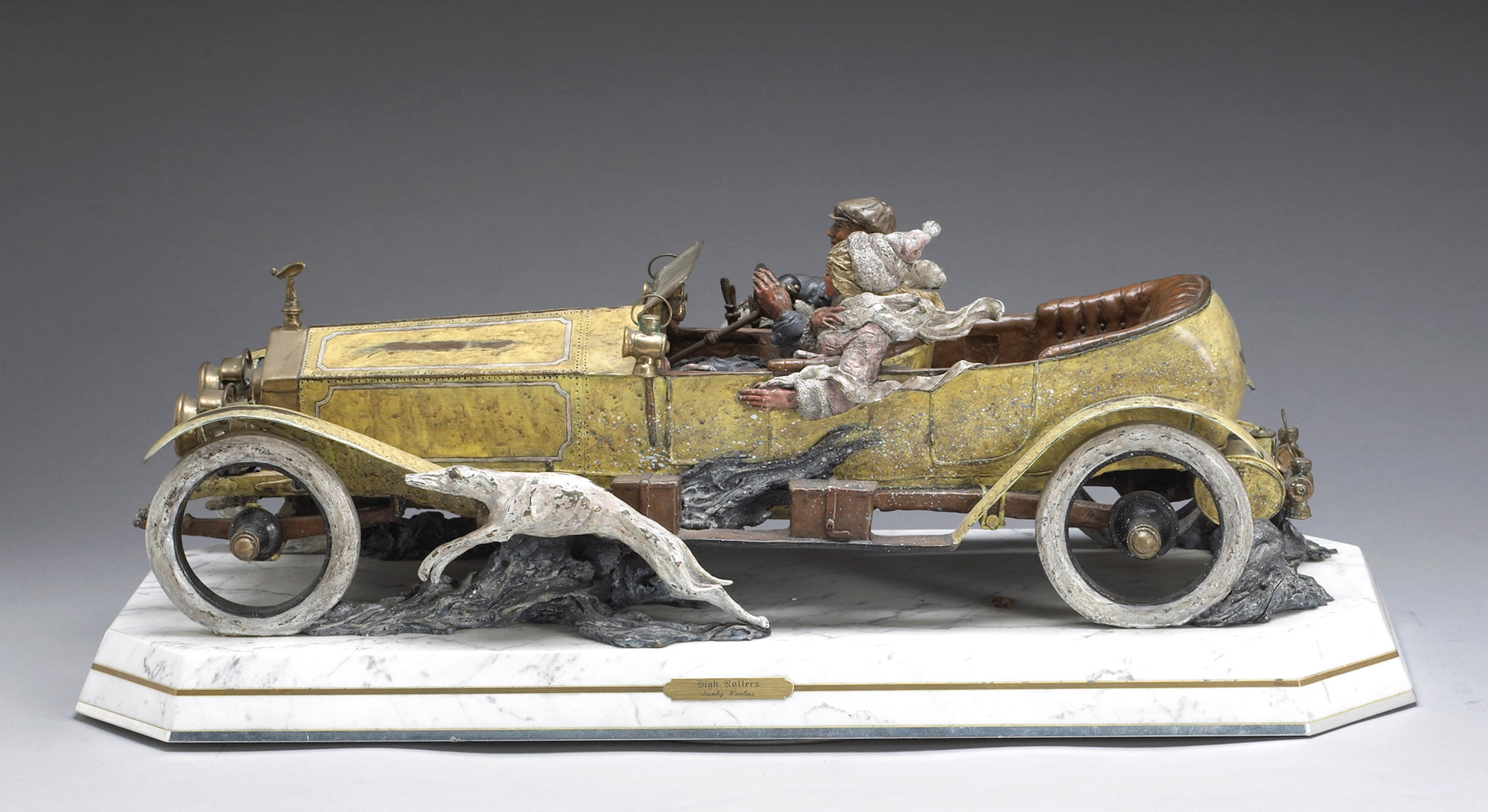
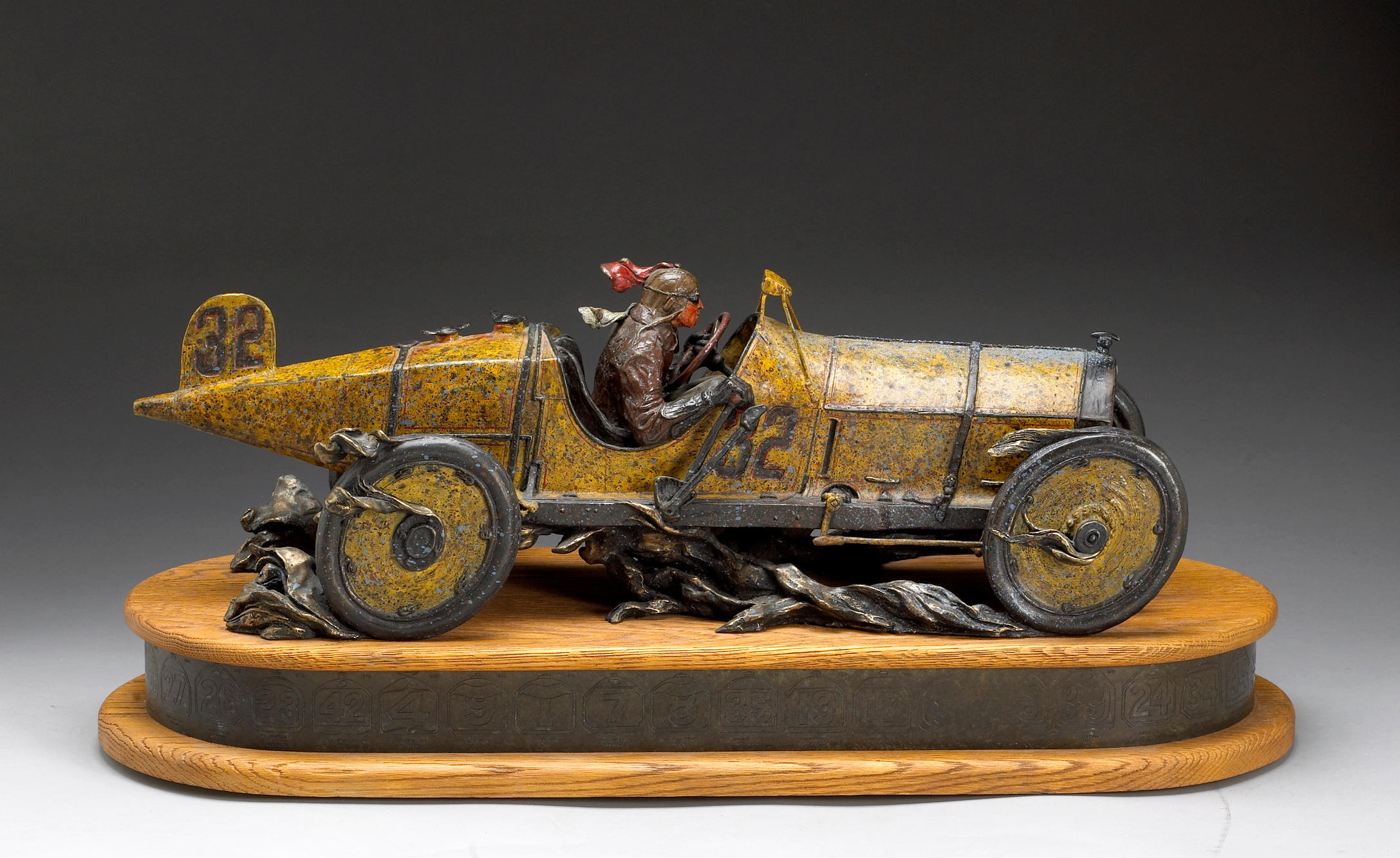
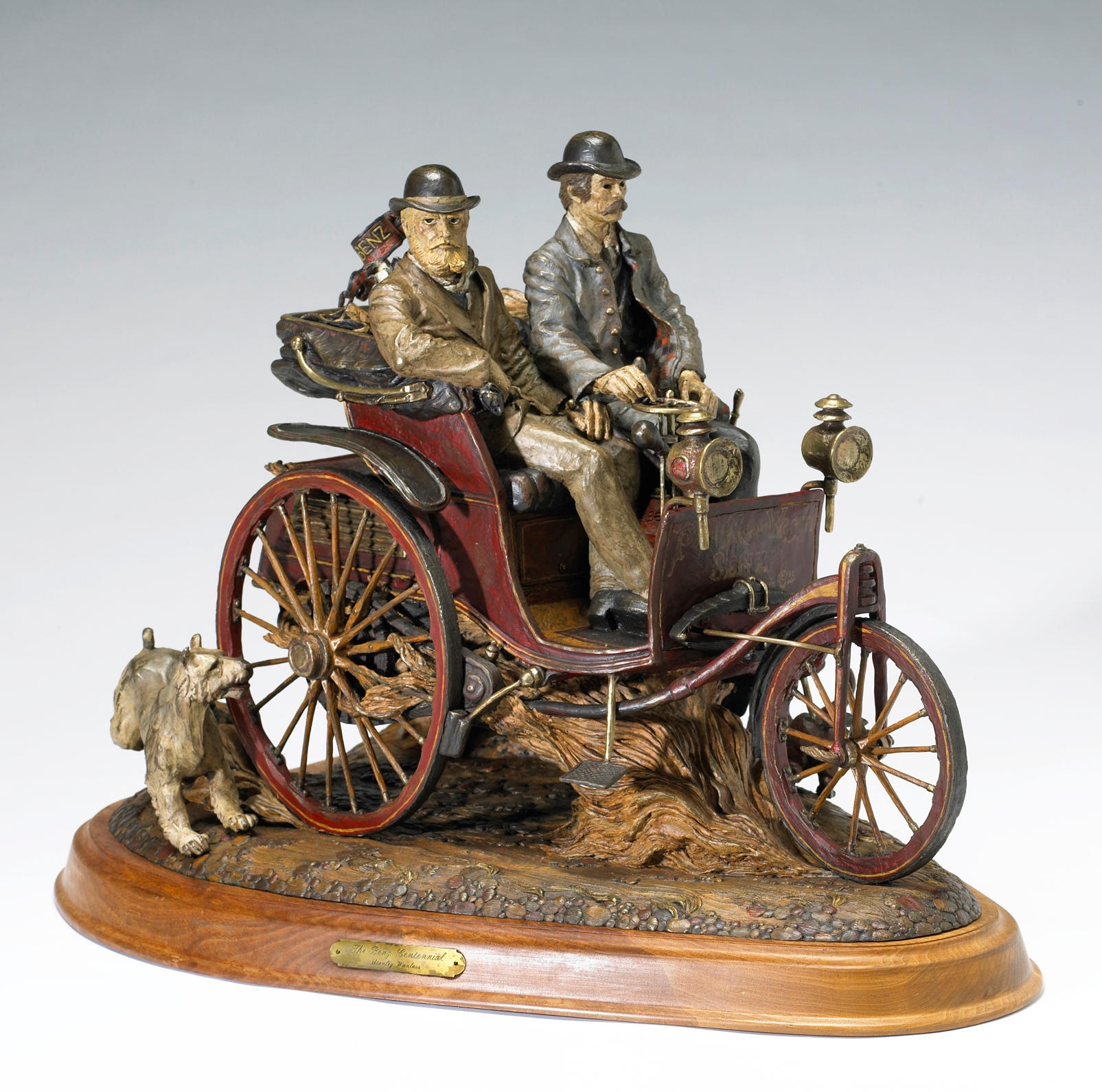

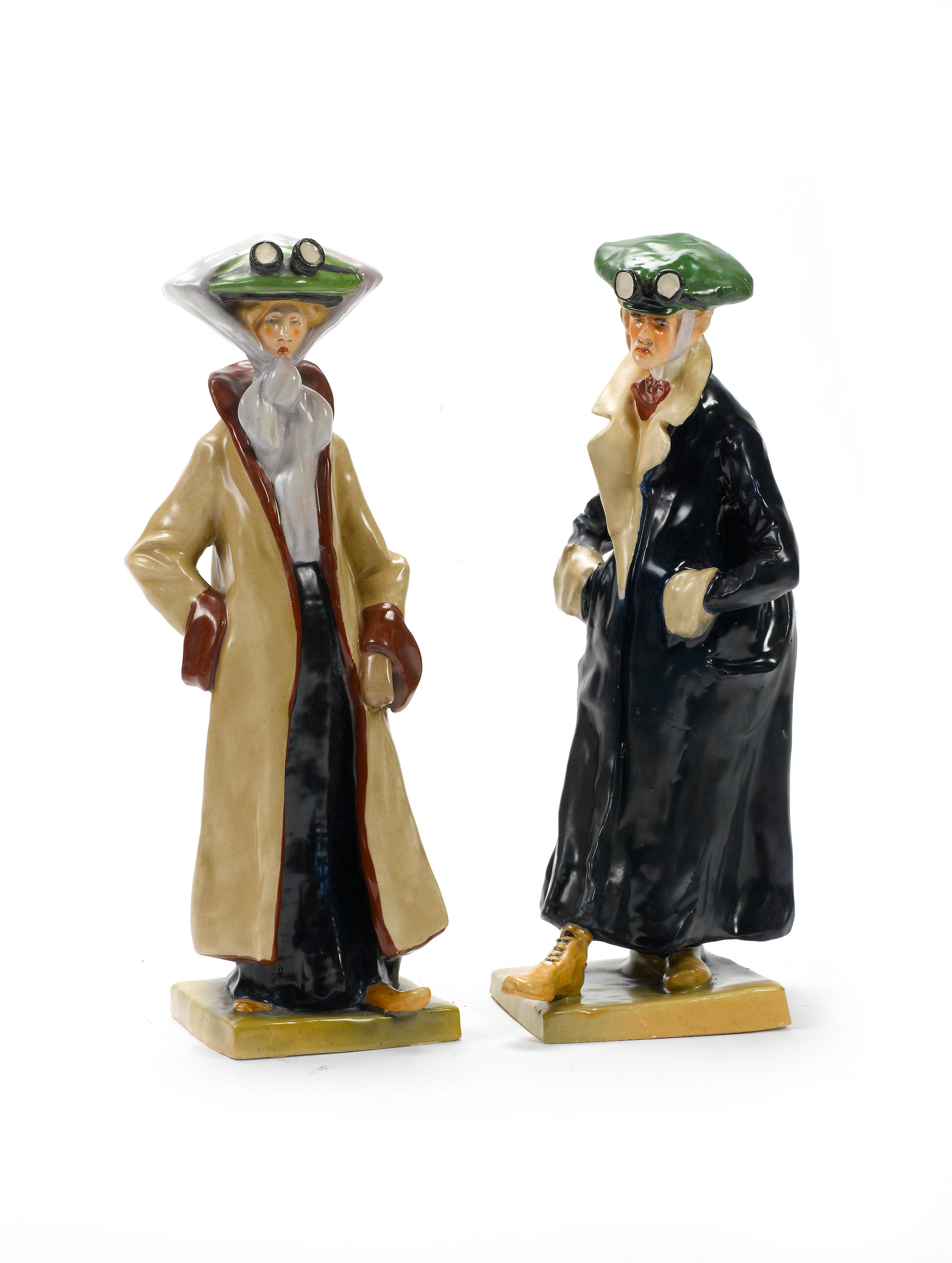
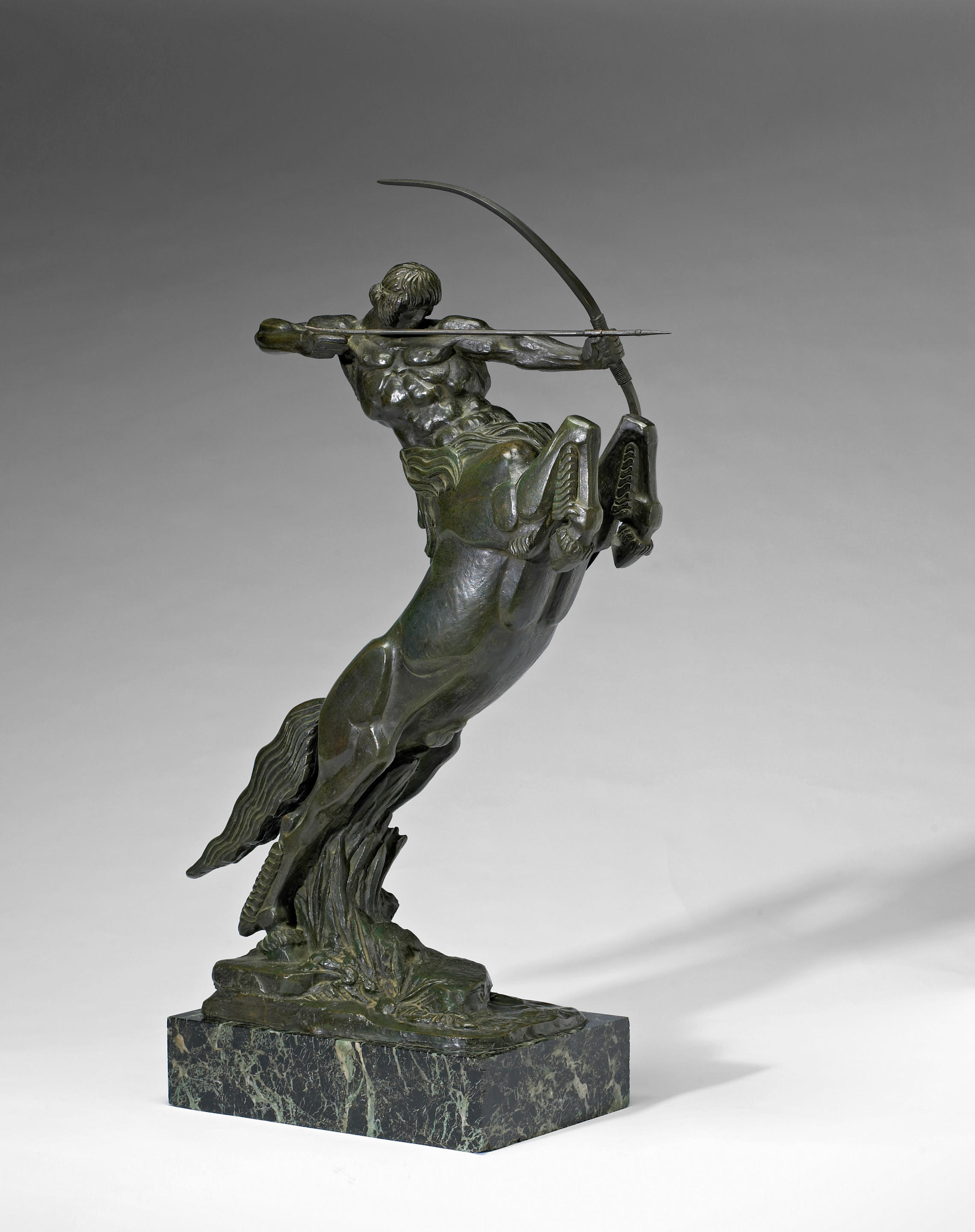

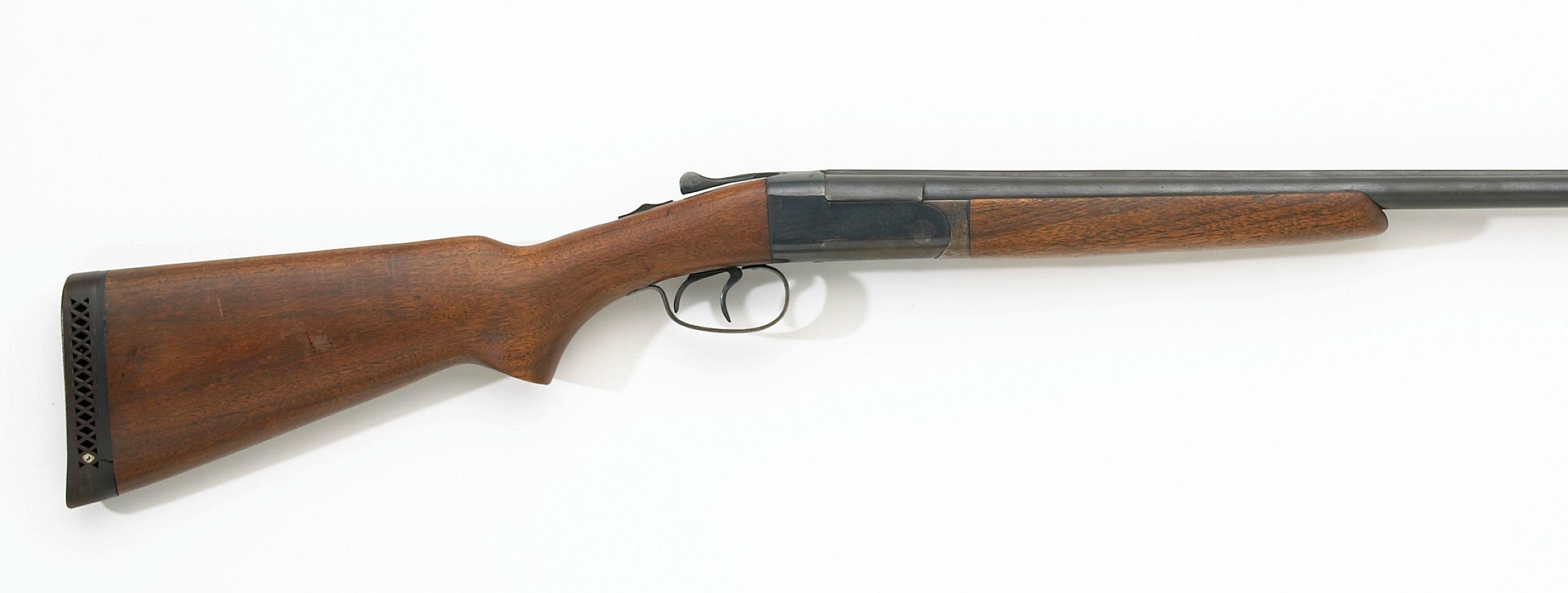
Testen Sie LotSearch und seine Premium-Features 7 Tage - ohne Kosten!
Lassen Sie sich automatisch über neue Objekte in kommenden Auktionen benachrichtigen.
Suchauftrag anlegen